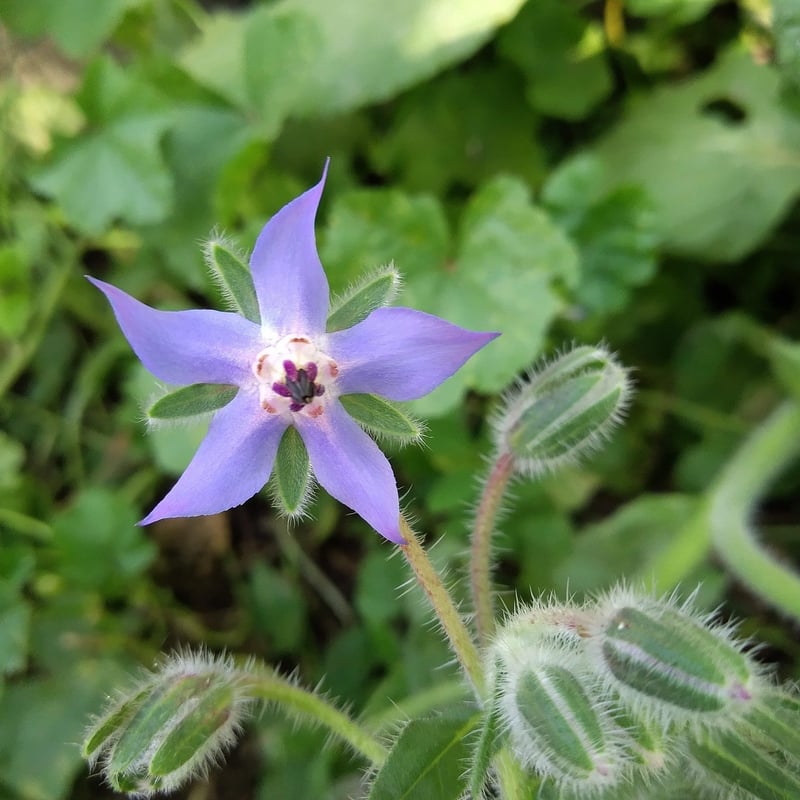Permaculture Design
Starting Your Urban Garden with Permaculture Design
Welcome to the world of urban gardening! Whether you have a small balcony, rooftop, or backyard, creating an urban garden using permaculture design principles can help you grow your own sustainable oasis in the city. Permaculture is a holistic approach to gardening that mimics natural ecosystems to create a self-sustaining and regenerative garden. Let's explore how you can start your urban garden with permaculture design.
1. Assess Your Space
Take a look at your urban space and assess factors such as sunlight exposure, wind patterns, and available space. Determine what you can realistically grow in your area and make a plan based on your observations.
2. Choose the Right Plants
Select plants that are well-suited to your local climate and growing conditions. Consider planting a mix of vegetables, herbs, fruits, and flowers to create a biodiverse garden that supports beneficial insects and pollinators.
3. Implement Water Conservation Techniques
Use water wisely in your urban garden by incorporating techniques such as rainwater harvesting, drip irrigation, and mulching. These methods can help you conserve water and create a more resilient garden.
4. Build Healthy Soil
Healthy soil is the foundation of a successful garden. Make your own compost using kitchen scraps and yard waste to enrich your soil with nutrients. Avoid chemical fertilizers and pesticides that can harm beneficial soil organisms.
5. Practice Companion Planting
Companion planting involves growing plants together that benefit each other. For example, planting marigolds alongside tomatoes can help repel pests naturally. Research companion planting combinations that work well in your garden.
6. Create Wildlife Habitats
Encourage biodiversity in your urban garden by creating habitats for wildlife such as birds, bees, and butterflies. Install bird feeders, bee hotels, and butterfly-friendly plants to attract beneficial creatures to your garden.
7. Maintain Your Garden Sustainably
Regularly tend to your garden by weeding, pruning, and harvesting produce. Embrace organic gardening practices and avoid synthetic chemicals to keep your garden healthy and in harmony with nature.
8. Join a Community Garden or Local Permaculture Group
Connect with other urban gardeners and permaculture enthusiasts by joining a community garden or local permaculture group. Share knowledge, resources, and experiences to deepen your understanding of sustainable gardening practices.
Embark on your urban gardening journey with permaculture design and watch your garden flourish into a thriving ecosystem in the heart of the city!

Image source: Pixabay
